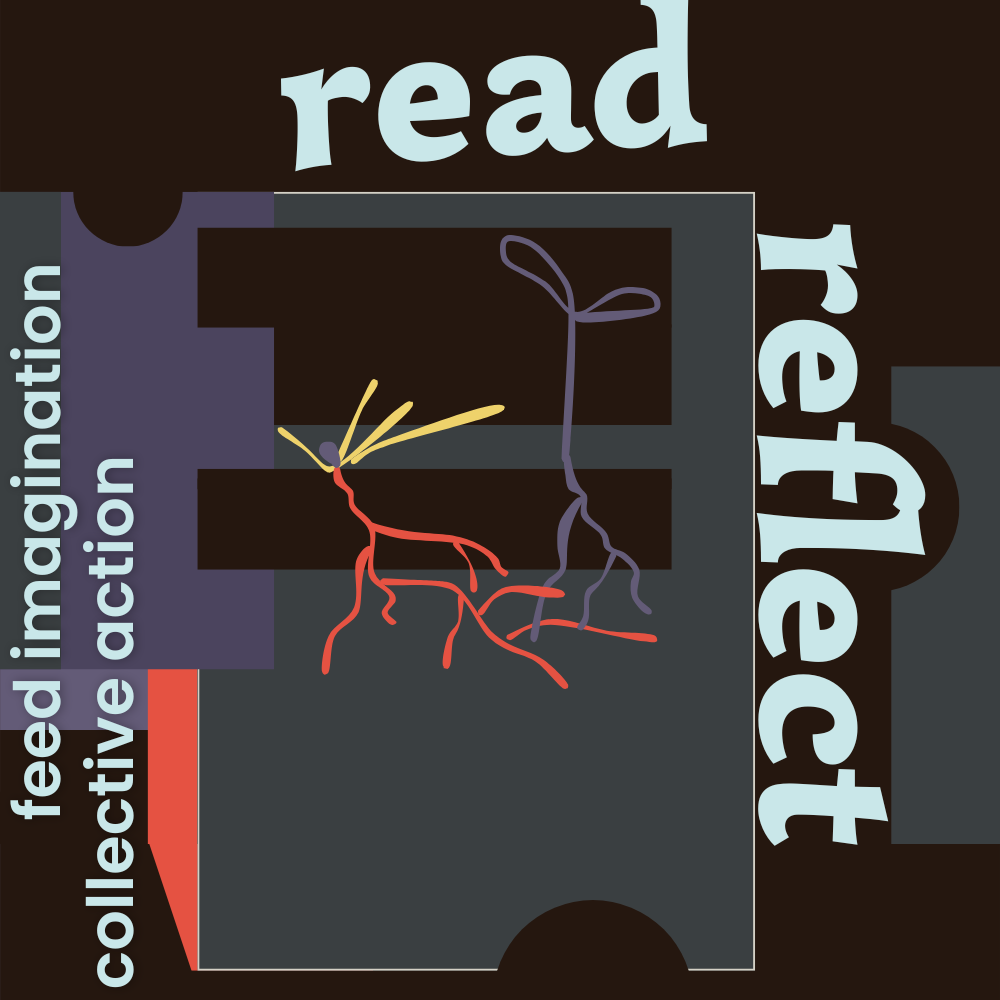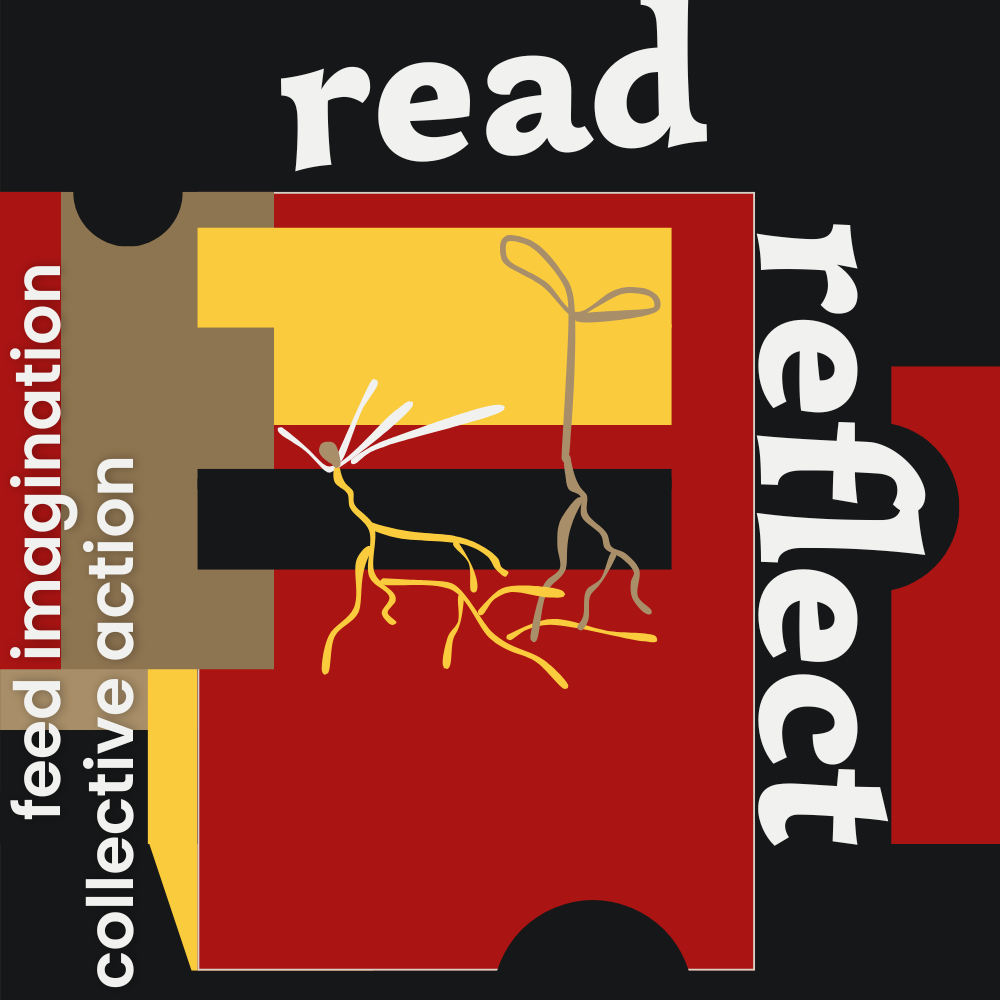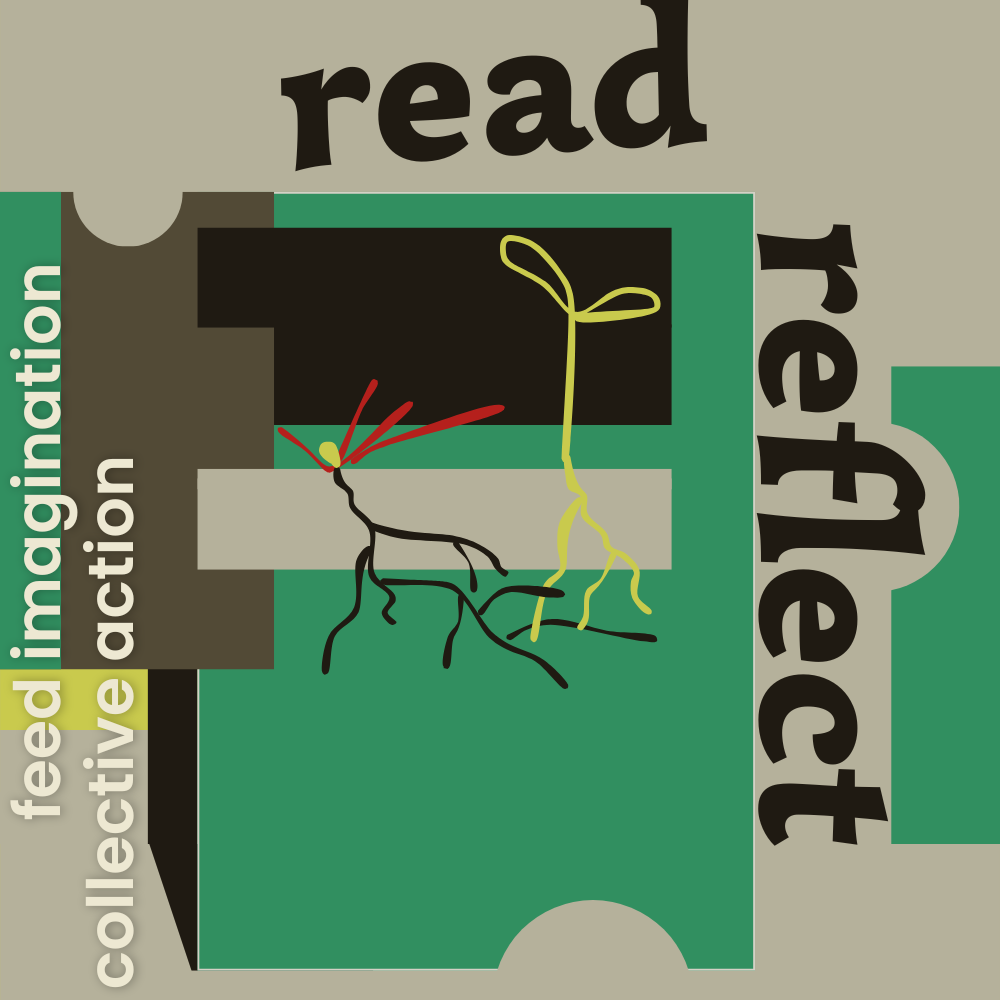2025: Book about slavery or the afterlife of slavery by an author who is Black, Indigenous and/or part of the global majority
Book recommendations/suggestions for the Read, Seed, Water, Feed 2025 book challenge. Find your next book!
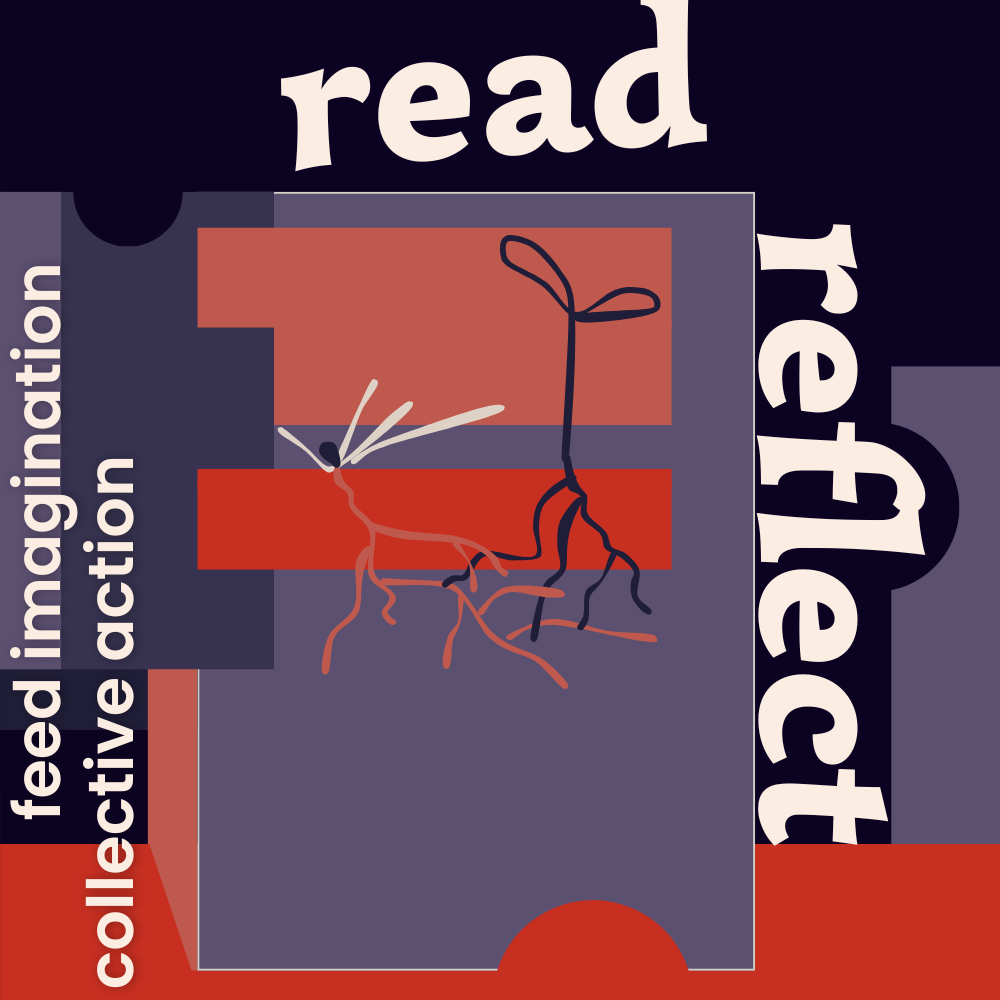
read, seed, water, feed book challenge - about prompt support posts
about prompt support posts
All of the prompt support posts (those that begin with "2025: Book written by...", for example) are organized similar to each other.
Each of these posts was created to support the Read, Seed, Water Feed book challenge on Storygraph that I am hosting. They were also created to support learning outside of the university, collective educational efforts, finding new authors to read, finding books, and more.
For each book challenge prompt, I will share the following sections:
- one or more slides with books I have read or am currently reading that I recommend for the prompt
- a list of additional books from my TBR (to-be-read) list for the prompt
- a text listing of the books that I shared in the slides
I might share one or more of the following in addition, depending on capacity and other factors:
- other supportive text as appropriate, such as countries included
- some quotes, notes, and/or reflections about one or more of the books
- links to other posts on the site where I discuss the books or prompt in more detail
I did many things to minimize hierarchy within these posts, and there will still be some things that might feel odd, such as split galleries of slides, which was a choice made to address current limitations in how the galleries work.
If interested, find bingo cards, more background on the prompts, and other reflections, on the Reading Challenge page and if on Storygraph, join the challenge.
Mostly, my goal for prompt support posts is to share books for each prompt, as suggestions and as examples. This section will be first on every post and may be skipped.
Thank you for reading.
Recommended Books
Books I've read or am currently reading that I recommend for this prompt.
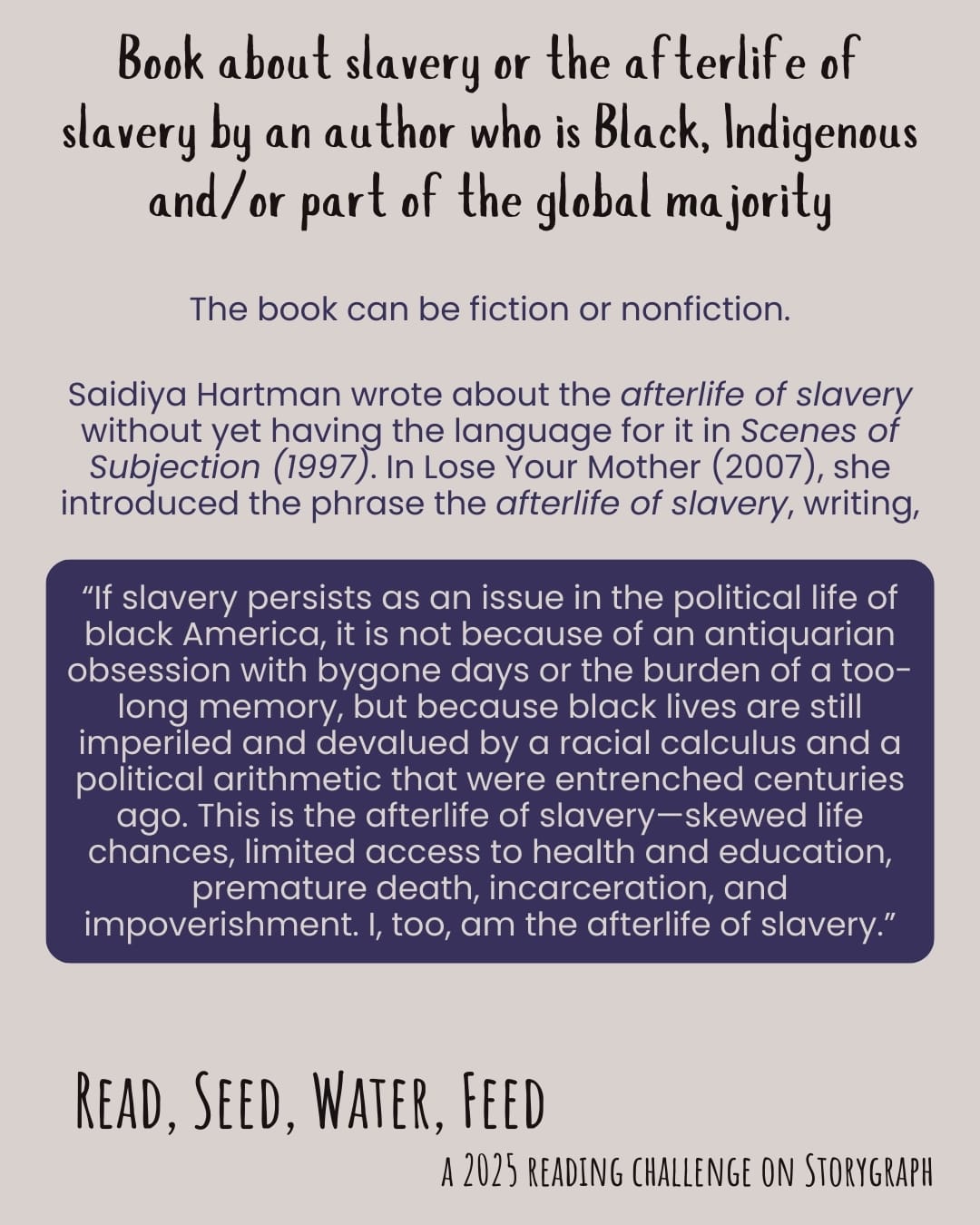
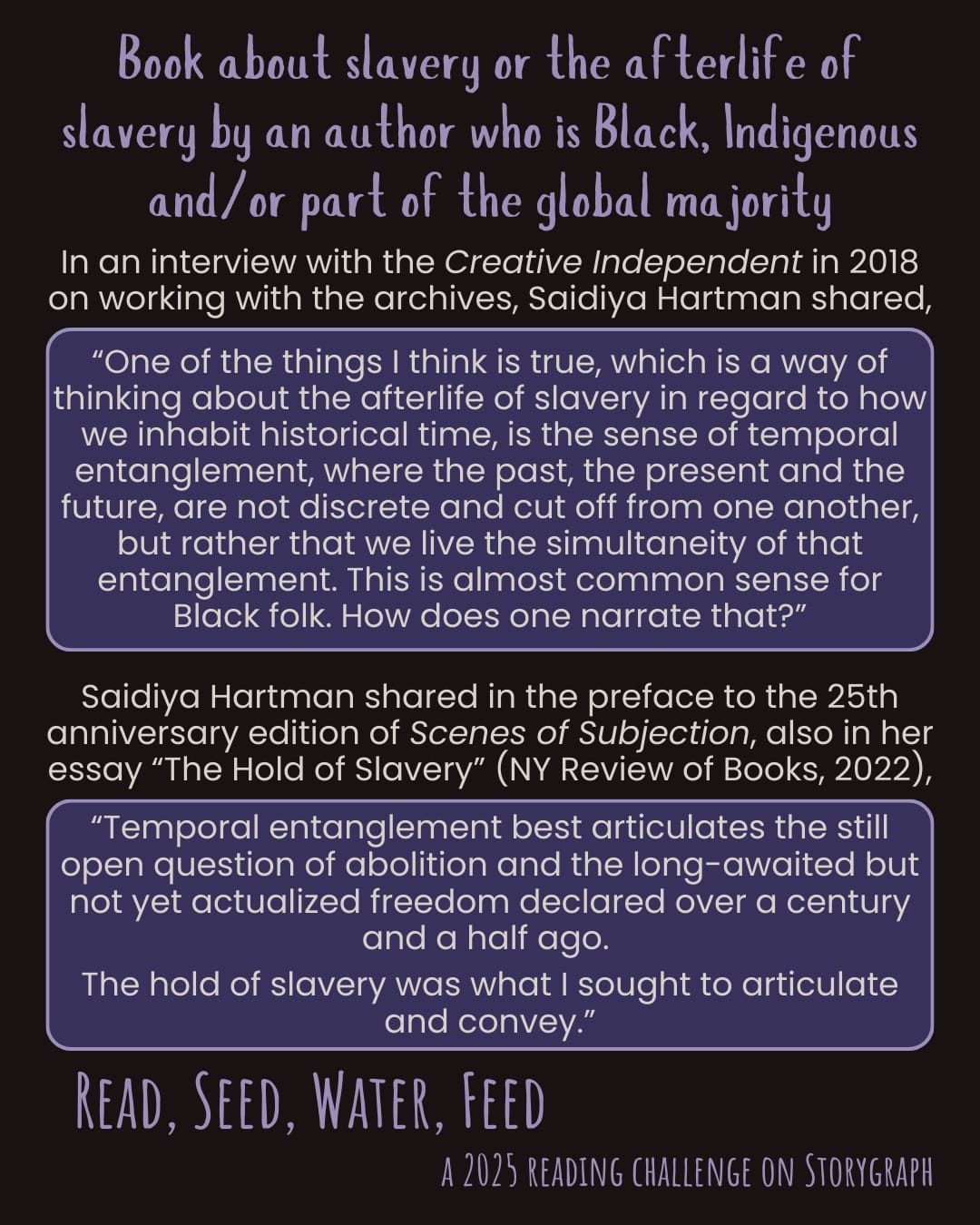
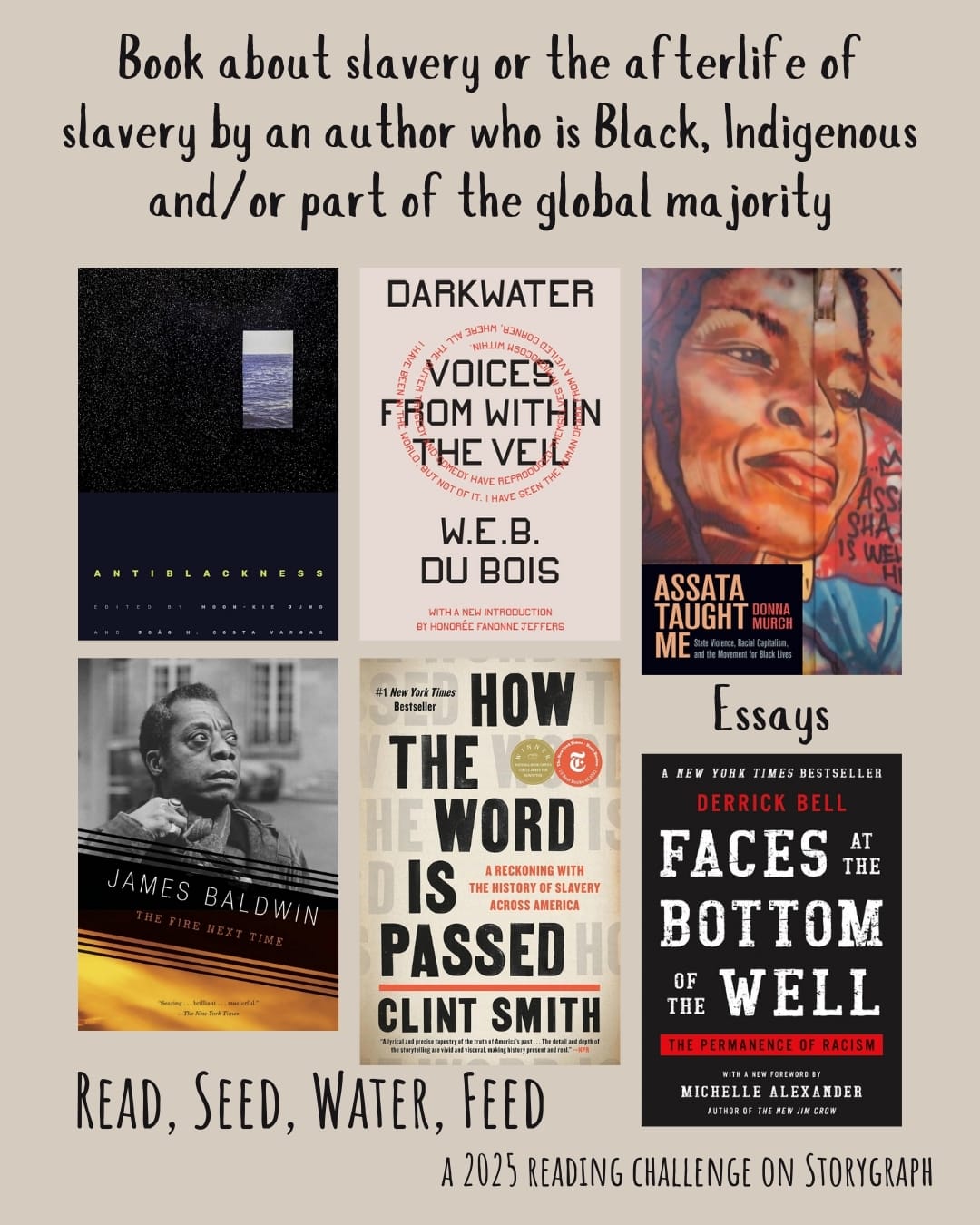
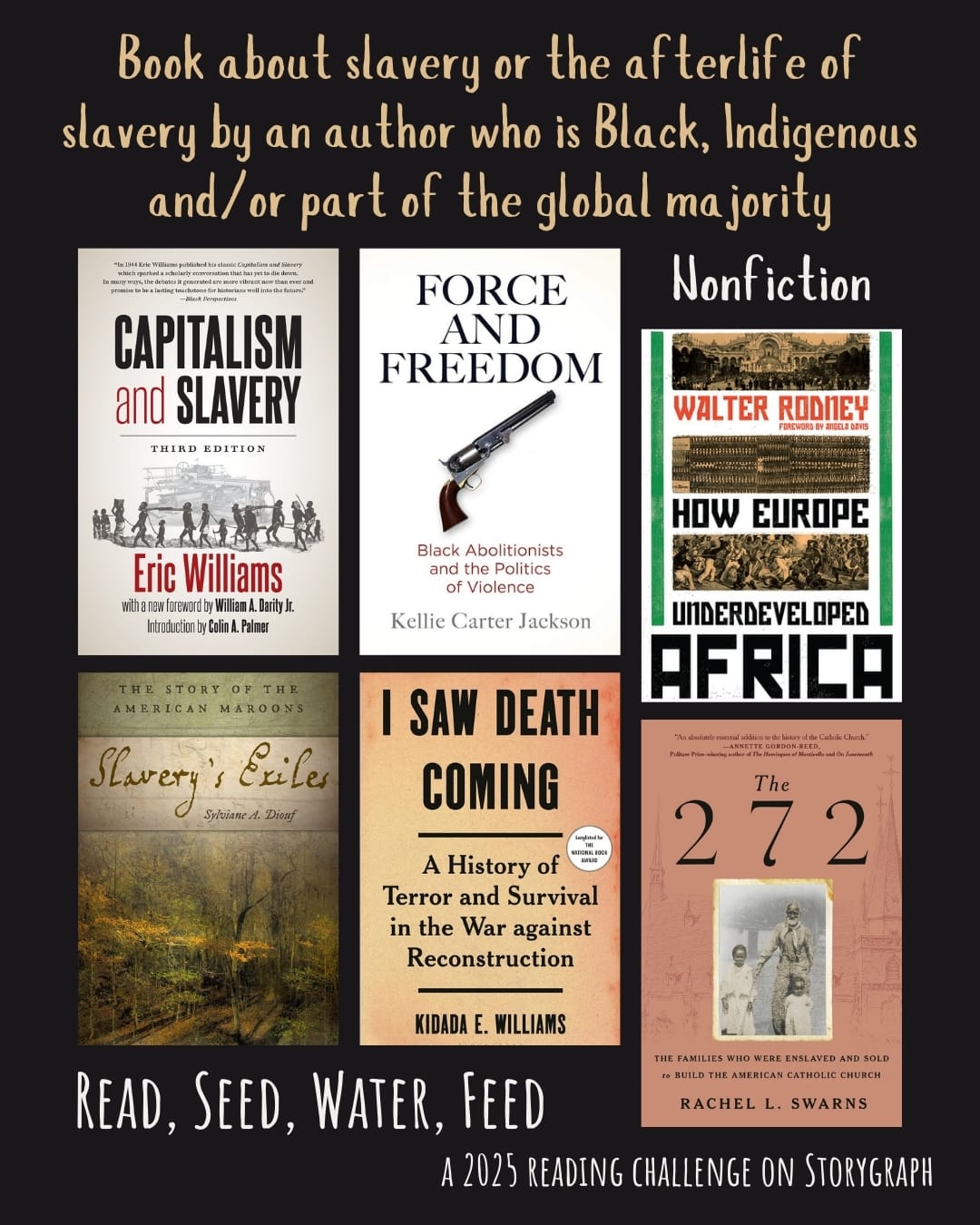
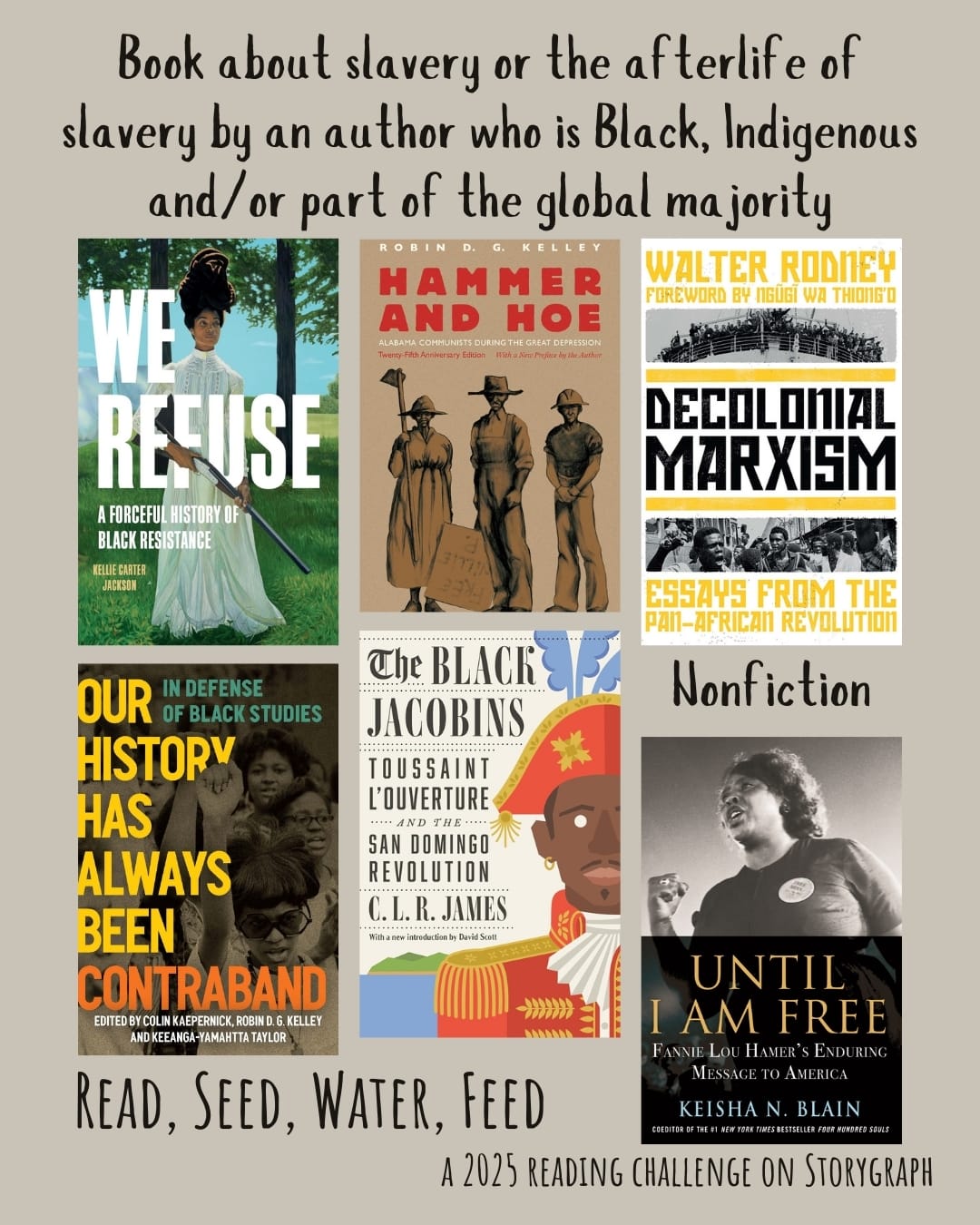
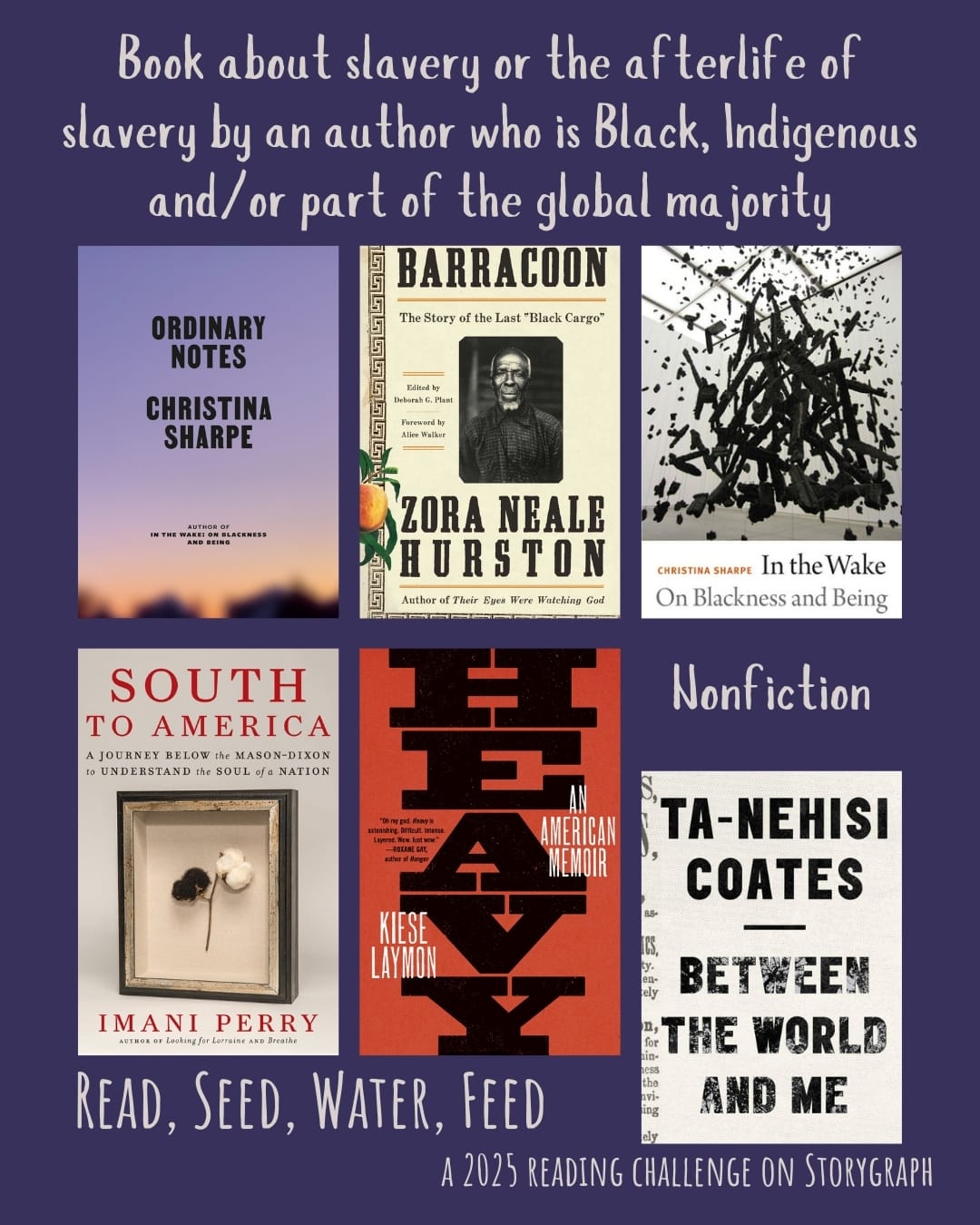
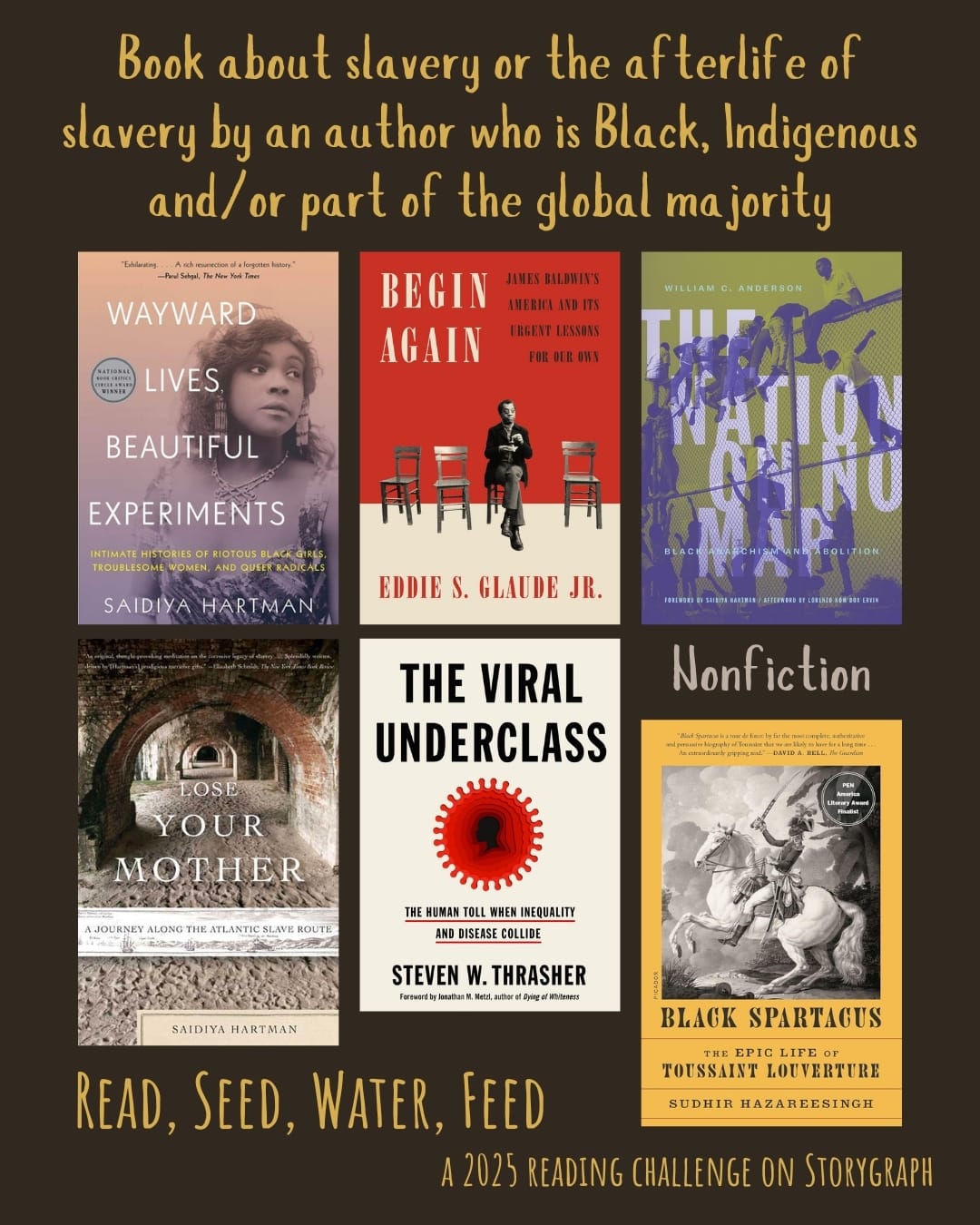
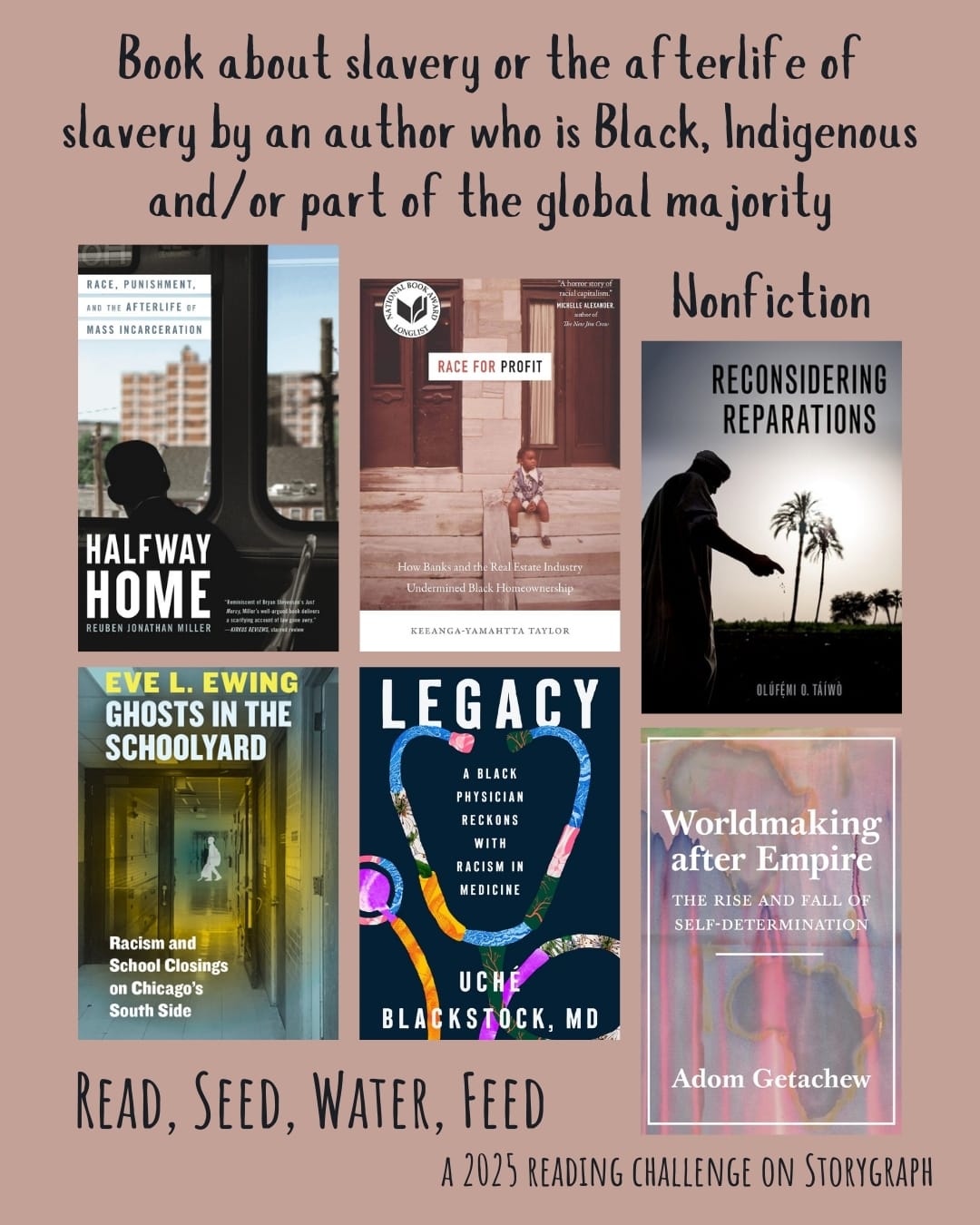
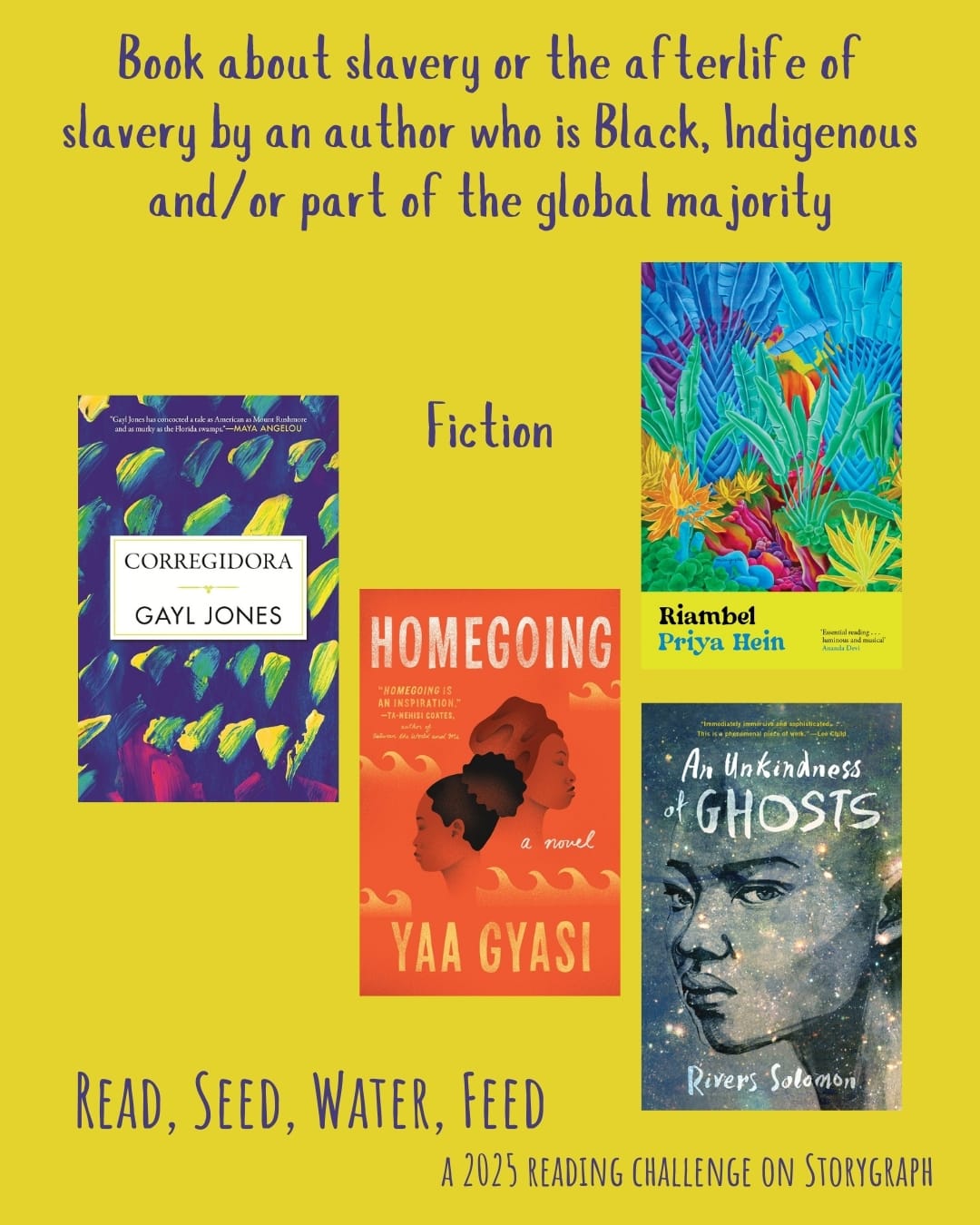
Read, Seed, Water, Feed 2025 reading challenge prompt and description, showing books recommended that I have read or am currently reading. All recommended books are listed lower in the post in the section “Recommended Books in a List.”
More Books from my TBR List
For some prompts, I’m trying to diversify what I read; for others, deepening my knowledge while also growing my perspective. For some prompts, there are definitely more books on my to-be-read (TBR) list than the ones I share that I have read or am currently reading. Here are some of those books:
Essays & Memoirs
- The Autobiography of Malcolm X (1965) by Malcolm X and Alex Haley
- Blood in My Eye (1972) by George L. Jackson
- Borders, Human Itineraries, and All Our Relation (2023) by Dele Adeyemo, Natalie Díaz, Nadia Yala Kisukidi, and Rinaldo Walcott.
- Imperial Intimacies: A Tale of Two Islands (2019) by Hazel V. Carby
- A Small Place (1988) by Jamaica Kincaid
Nonfiction
- Aid State: Elite Panic, Disaster Capitalism, and the Battle to Control Haiti (2024) by Jake Johnston
- Becoming Human: Matter and Meaning in an Antiblack World (2020) by Zakiyyah Iman Jackson
- The Black Antifascist Tradition: Fighting Back from Anti-Lynching to Abolition (2024) by Jeanelle K. Hope and Bill V. Mullen
- Black on Both Sides: A Racial History of Trans Identity (2017) by C. Riley Snorton
- Black Scare / Red Scare: Theorizing Capitalist Racism in the United States (2023) by Charisse Burden-Stelly
- The Black Shoals: Offshore Formations of Black and Native Studies (2019) by Tiffany Lethabo King
- Disabilities of the Color Line: Redressing Antiblackness from Slavery to the Present (2022) by Dennis Tyler
- A Kick in the Belly: Women, Slavery and Resistance (2020) by Stella Dadzie
- A Map to the Door of No Return (2001) by Dionne Brand
- Monstrous Intimacies: Making Post-Slavery Subjects (2009) by Christina Sharpe
- Non-Sovereign Futures: French Caribbean Politics in the Wake of Disenchantment (2015) by Yarimar Bonilla
- Original Sins: The (Mis)education of Black and Native Children and the Construction of American Racism (2025) by Eve L. Ewing
- The Origin of Others (2016) by Toni Morrison
- Scenes of Subjection: Terror, Slavery, and Self-Making in Nineteenth-Century America (2022, revised and updated) by Saidiya Hartman
- Second-Class Daughters: Black Brazilian Women and Informal Adoption as Modern Slavery (2022) by Elizabeth Hordge-Freeman
- Slavery and Social Death: A Comparative Study (1982) by Orlando Patterson
Graphic novels
- Maroon Comix: Origins and Destinies (2018) by Quincy Saul, illustrated by Seth Tobocman, Mac McGill, and Songe Riddle
- Run For It: Stories Of Slaves Who Fought For Their Freedom (2014) written and illustrated by Marcelo d'Salete, translated by Andrea Rosenberg
- Wake: The Hidden History of Women-Led Slave Revolts (2021) by Rebecca Hall, illustrated by Hugo Martínez
Poetry
- ballast (2023) by Quenton Baker
- The Body Family (2022) by Hope Wabuke
- She Tries Her Tongue, Her Silence Softly Breaks (1989) by M. NourbeSe Philip
- Zong! As told to the author by Setaey Adamu Boateng (2008, new edition 2024) by M. NourbeSe Philip
Poetry, with prose & art
- Banana [ ______ ] by Paul Hlava Ceballos / we pilot the blood by Quenton Baker (2021) with Christina Sharpe and Torkwase Dyson
Fiction
- At the Full and Change of the Moon (1999) by Dionne Brand
- Code Noir (2024) by Canisia Lubrin, with artwork by Torkwase Dyson
- The Marrow of Tradition (1901) by Charles W. Chesnutt
- Transcendent Kingdom (2020) by Yaa Gyasi
repeated and added notes
The book can be fiction or nonfiction. Many other books listed in other prompts are also included in this category. The selected text and links shared below attempt to better express what this category means or includes. There are quotes, essays, a zine, artwork, interviews.
from Lose Your Mother
Saidiya Hartman wrote about the afterlife of slavery without yet having the language for it in Scenes of Subjection (1997). In Lose Your Mother (2007), she introduced the phrase the afterlife of slavery, writing,
“If slavery persists as an issue in the political life of black America, it is not because of an antiquarian obsession with bygone days or the burden of a too-long memory, but because black lives are still imperiled and devalued by a racial calculus and a political arithmetic that were entrenched centuries ago. This is the afterlife of slavery—skewed life chances, limited access to health and education, premature death, incarceration, and impoverishment. I, too, am the afterlife of slavery.”
from Venus in Two Acts
In Venus in Two Acts, published in Small Axe in 2008 Saidiya Hartman expanded on these ideas, writing,
“If this story of Venus has any value at all it is in illuminating the way in which our age is tethered to hers. A relation which others might describe as a kind of melancholia, but which I prefer to describe in terms of the afterlife of slavery, by which I mean the detritus of lives with which we have yet to attend, a past that has yet to be done, and the ongoing state of emergency in which black life remains in peril.”
She continued,
“For these reasons, I have chosen to engage a set of dilemmas about representation, violence, and social death, not by using the form of a metahistorical discourse, but by performing the limits of writing history through the act of narration. I have done so primarily because (1) my own narrative does not operate outside the economy of statements that it subjects to critique; and (2) those existences relegated to the nonhistorical or deemed waste exercise a claim on the present and demand us to imagine a future in which the afterlife of slavery has ended. The necessity of trying to represent what we cannot, rather than leading to pessimism or despair must be embraced as the impossibility that conditions our knowledge of the past and animates our desire for a liberated future.
My effort to reconstruct the past is, as well, an attempt to describe obliquely the forms of violence licensed in the present, that is, the forms of death unleashed in the name of freedom, security, civilization, and God/the good.”
Venus in Two Acts by Saidiya Hartman
Small Axe, Number 26 (Volume 12, Number 2), June 2008, pp. 1-14
Read the essay:
https://read.dukeupress.edu/small-axe/article/12/2/1/32332/Venus-in-Two-Acts
A zine with this essay and artwork was “published in 2021 by Cassandra Press in collaboration with MoMA on the occasion of an installation of works from the Museum’s permanent collection titled “Critical Fabulations.”” The zine includes artwork by Phoebe Boswell, Frida Orupabo, Tourmaline, and Kandis Williams.
Read the zine: https://www.moma.org/momaorg/shared/pdfs/docs/learn/venus-in-two-acts-cassandra.pdf
from an interview with the Creative Independent
In an interview with the Creative Independent in 2018 on working with the archives, Saidiya Hartman shared,
One of the things I think is true, which is a way of thinking about the afterlife of slavery in regard to how we inhabit historical time, is the sense of temporal entanglement, where the past, the present and the future, are not discrete and cut off from one another, but rather that we live the simultaneity of that entanglement. This is almost common sense for black folk. How does one narrate that?
Given that the afterlife of slavery means that black death is the normative condition of civil society, what is the character of the aesthetic in the context of terror? Does death find its antidote in beauty? Do we find a way of regarding death and reckoning with it in beauty or impossible beauty or monstrous beauty?
Read the interview:
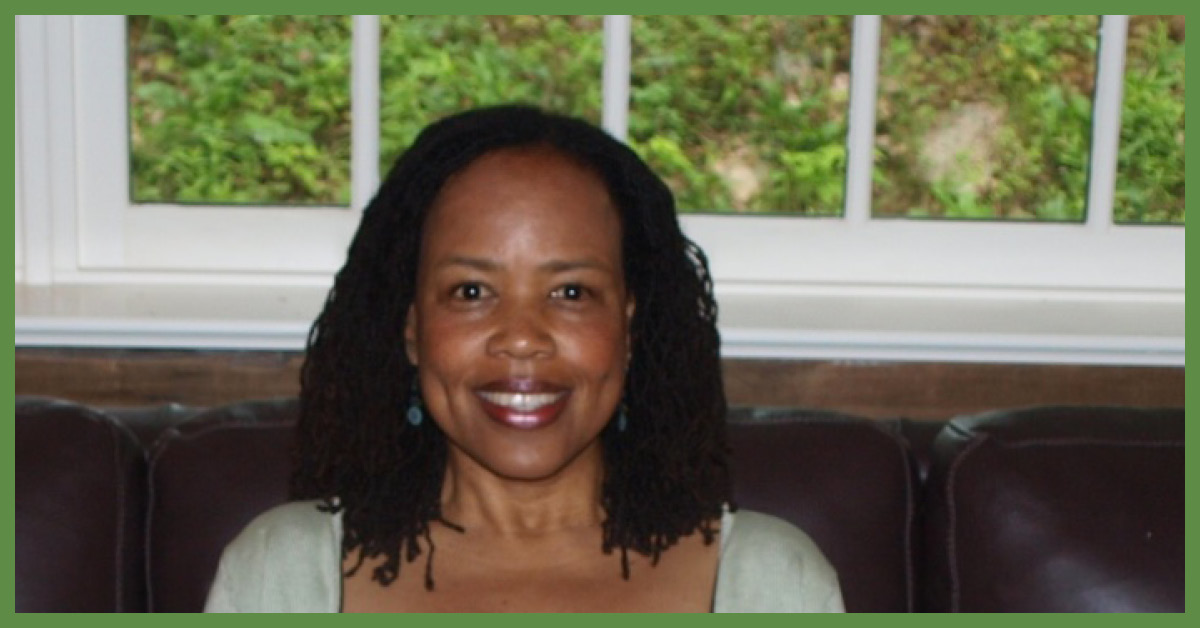
from "The Hold of Slavery"
Saidiya Hartman shared in the preface to the 25th anniversary edition of Scenes of Subjection, also in her essay “The Hold of Slavery” (NY Review of Books, 2022),
"The conviction that I was living in the world created by slavery propelled the writing of Scenes of Subjection, my first book. I could feel the force and disfigurement of slavery in the present. The life of the captive and the commodity certainly wasn’t my past, but rather the threshold of my entry into the world. Its grasp and claim couldn’t be cordoned off as what happened then. For me, the relation between slavery and the present was open, unfinished.
...If it were possible, I might have written it [Scenes of Subjection] as a 345-page-long sentence. This sentence would be written in the past, present, and future tense. Temporal entanglement best articulates the still open question of abolition and the long-awaited but not yet actualized freedom declared over a century and a half ago.
The hold of slavery was what I sought to articulate and convey.
[...]
By shifting from the spectacular to the everyday, I aimed to illuminate the ongoing and structural dimensions of violence and slavery’s idioms of power."
Saidiya Hartman published the essay "The Hold of Slavery" in The New York Review of Books in October 2022, in advance of the 25th anniversary of her book Scenes of Subjection. Cover artwork by Torkwase Dyson. A version of this essay is the preface to the 25th anniversary edition of Scenes of Subjection.
Read the full essay:
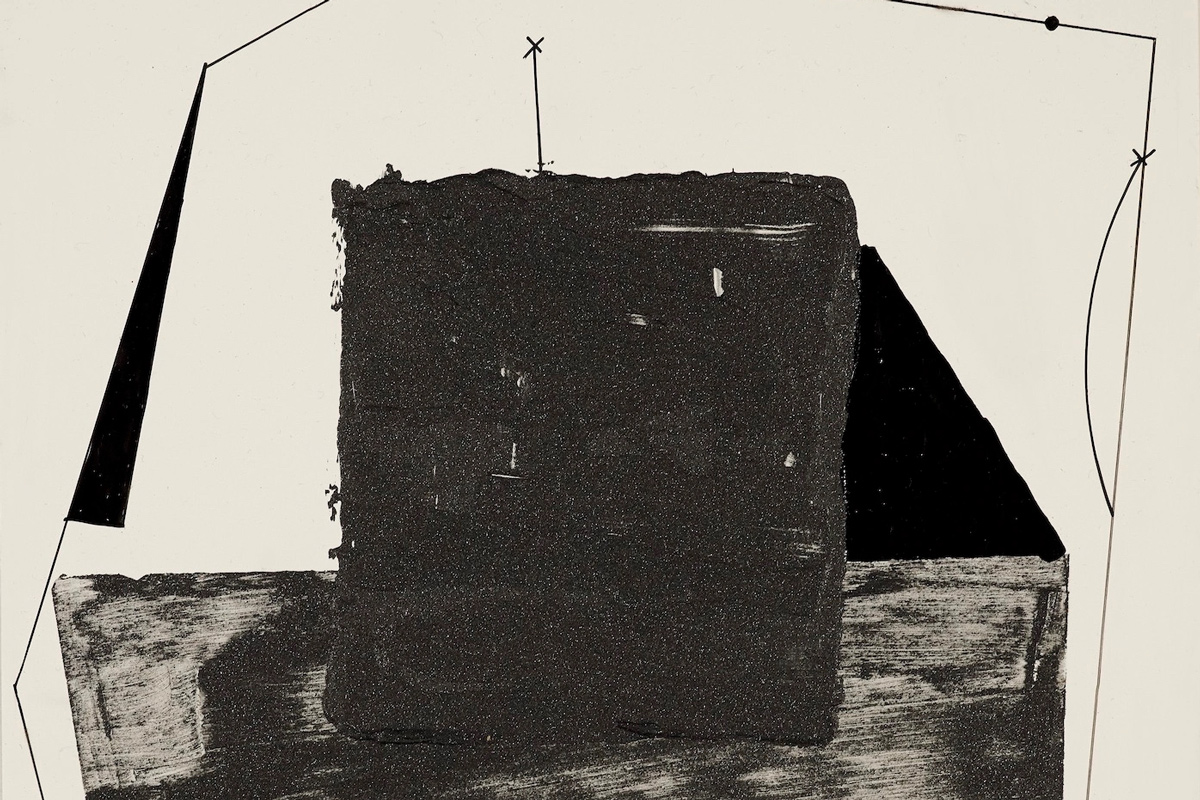
The essay can also be read or downloaded here:
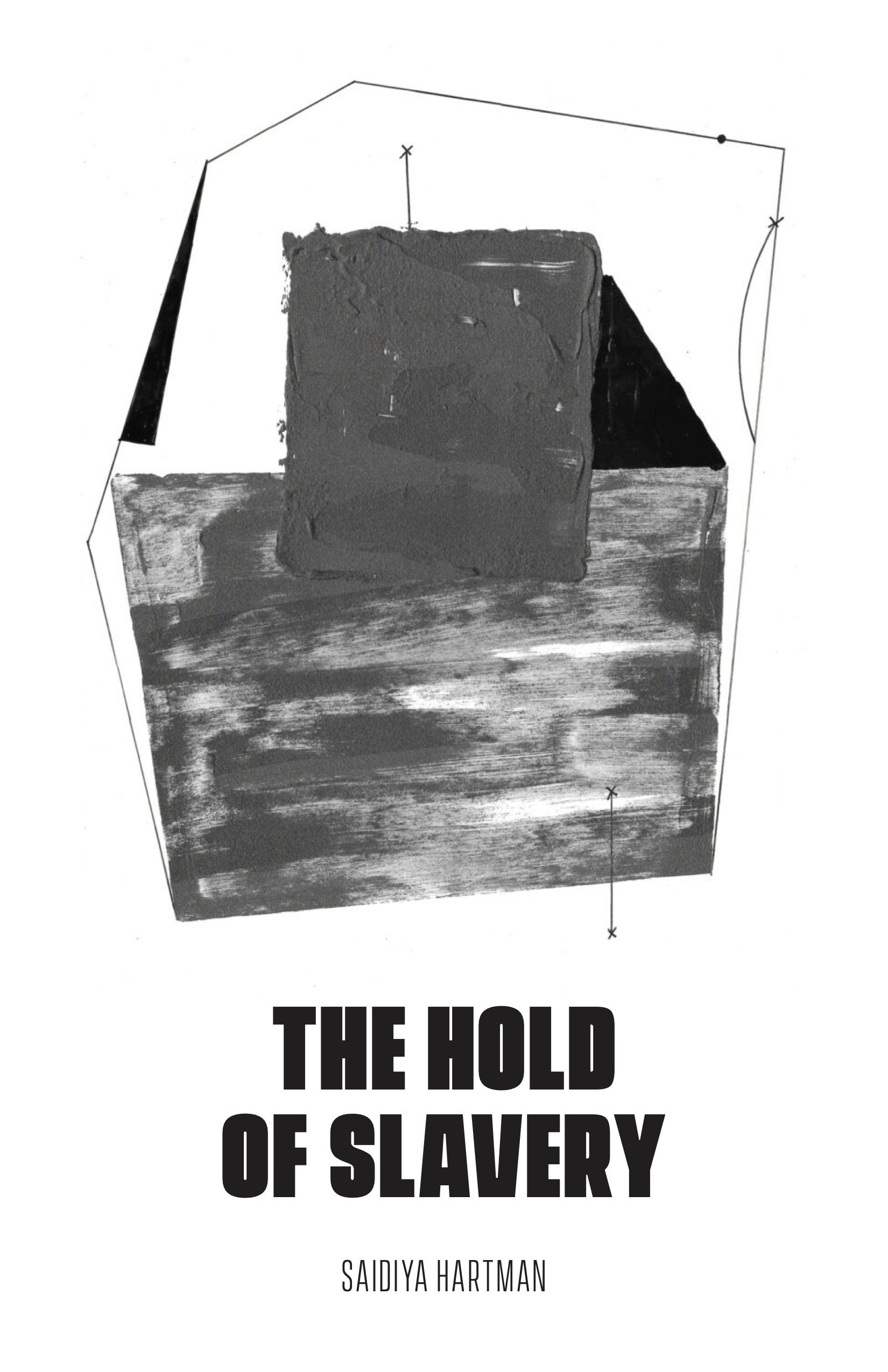
from an interview in Bomb Magazine with Zakiyyah Iman Jackson
This interview from October 2022 was in celebration of the launch of the 25th anniversary edition of Scenes of Subjection and included a selection of the artwork from the book.
In responding to a question about the “compositions by Torkwase Dyson and notations by Cameron Rowland,” Saidiya Hartman shares,
“You are correct that the visual components are not illustrative. The compositions and notations articulate the conceptual framework of Scenes. They elaborate the issues of captivity, enclosure, flight, accumulation, and the afterlife by other means.”
Elaborating on the idea of selective recognition, Saidiya Hartman begins,
"A commonly held view is that the enslaved was not recognized as human nor as a person and that the violence of slavery resided in this failure or withholding of recognition. In fact, statute law did recognize the slave as human in the terms of sentience, injury, agency, and responsibility and this recognition served to intensify, not diminish, the brutal arrangements of slavery. Rather than conceive the “human” as the exalted category to which we need seek entry, Scenes disenchants the category of the human. What we come to realize is that the human as a category is not the antidote to the violence of the slave’s existence as property, or the fungibility of black life, but a way of extending and codifying what may and may not be done to property, what the enslaved may and may not do or feel."
Please read the full interview here:
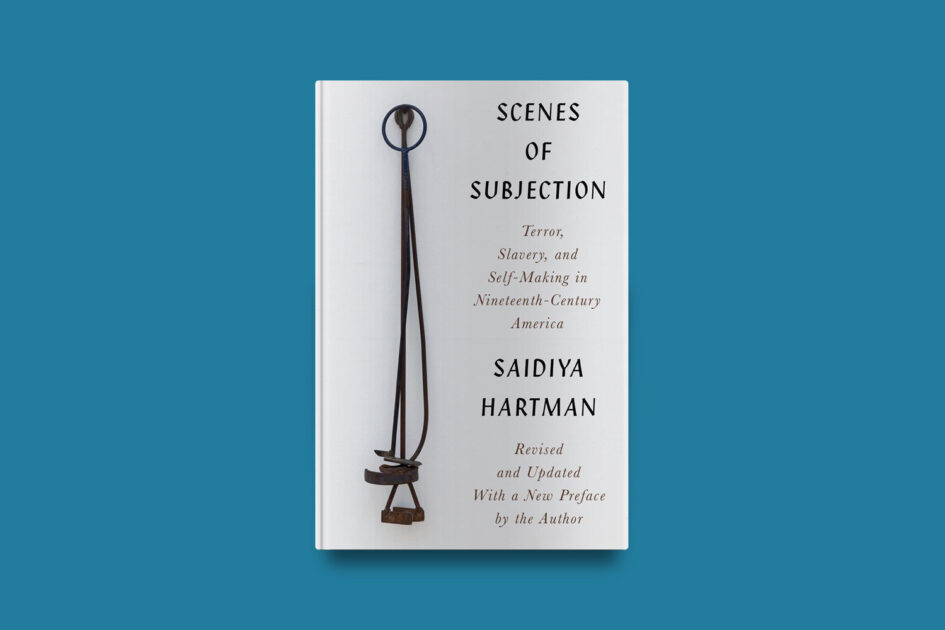
Recommended Books in a List
As a list, books I've read or am currently reading that I recommend for this prompt:
Essays
Antiblackness (2021) edited by Moon-Kie Jung and João H. Costa Vargas
Assata Taught Me: State Violence, Mass Incarceration, and the Movement for Black Lives (2020) by Donna Murch
Darkwater: Voices from Within the Veil (1920) by W.E.B. Du Bois
Faces at the Bottom of the Well: The Permanence of Racism (1992) by Derrick Bell
The Fire Next Time (1963) by James Baldwin
How the Word Is Passed: A Reckoning with the History of Slavery Across America (2021) by Clint Smith
Biography & Memoirs
Barracoon: The Story of the Last "Black Cargo" (2018) by Zora Neale Hurston
Between the World and Me (2015) by Ta-Nehisi Coates
Heavy: An American Memoir (2018) by Kiese Laymon
South to America: A Journey Below the Mason Dixon to Understand the Soul of a Nation (2021) by Imani Perry
Nonfiction
The 272: The Families Who Were Enslaved and Sold to Build the American Catholic Church (2023) by Rachel L. Swarns
Begin Again: James Baldwin's America and Its Urgent Lessons for Our Own (2020) by Eddie S. Glaude Jr.
The Black Jacobins: Toussaint L'Ouverture and the San Domingo Revolution (1938) by C.L.R. James
Black Spartacus: The Epic Life of Toussaint Louverture (2020) by Sudhir Hazareesingh
Capitalism and Slavery (1994) by Eric Williams
Decolonial Marxism (2022) by Walter Rodney
Force and Freedom: Black Abolitionists and the Politics of Violence (2019) by Kellie Carter Jackson
Ghosts in the Schoolyard: Racism and School Closings on Chicago's South Side (2018) by Eve L. Ewing
Halfway Home: Race, Punishment, and the Afterlife of Mass Incarceration (2021) by Reuben Jonathan Miller
Hammer and Hoe: Alabama Communists During the Great Depression (2020) by Robin D.G. Kelley
How Europe Underdeveloped Africa (1972) by Walter Rodney
I Saw Death Coming: A History of Terror and Survival in the War against Reconstruction (2023) by Kidada E. Williams
In the Wake: On Blackness and Being (2016) by Christina Sharpe
Legacy: A Black Physician Reckons with Racism in Medicine (2024) by Uché Blackstock
Lose Your Mother: A Journey Along the Atlantic Slave Route (2007) by Saidiya Hartman
Ordinary Notes (2023) by Christina Sharpe
Our History Has Always Been Contraband: In Defense of Black Studies (2023) by Colin Kaepernick
The Nation on No Map (2021) by William C. Anderson
Race for Profit: How Banks and the Real Estate Industry Undermined Black Homeownership (2019) by Keeanga-Yamahtta Taylor
Reconsidering Reparations (2021) by Olúfẹ́mi O. Táíwò
Slavery's Exiles: The Story of the American Maroons (2013) by Sylviane A. Diouf
Until I Am Free: Fannie Lou Hamer's Enduring Message to America (2021) by Keisha N. Blain
The Viral Underclass (2022) by Steven W. Thrasher
Wayward Lives, Beautiful Experiments: Intimate Histories of Social Upheaval (2019) by Saidiya Hartman
We Refuse: A Forceful History of Black Resistance (2024) by Kellie Carter Jackson
Worldmaking After Empire: The Rise and Fall of Self-Determination (2019) by Adom Getachew
Fiction
Corregidora (1975) by Gayl Jones
Homegoing (2016) by Yaa Gyasi
Riambel (2023) by Priya Hein
An Unkindness of Ghosts (2017) by Rivers Solomon
Get any/all of these books wherever you get your books.
Please support libraries however you can. Find out many ways to get involved in supporting libraries at Libraries for the People.
Please consider purchasing books when they are available from Workshops 4 Gaza's bookstore: Ordinary Notes (2023) by Christina Sharpe. When I share books that are available for purchase there at the time of posting, I will list them here after the link.
Thank you for reading.




